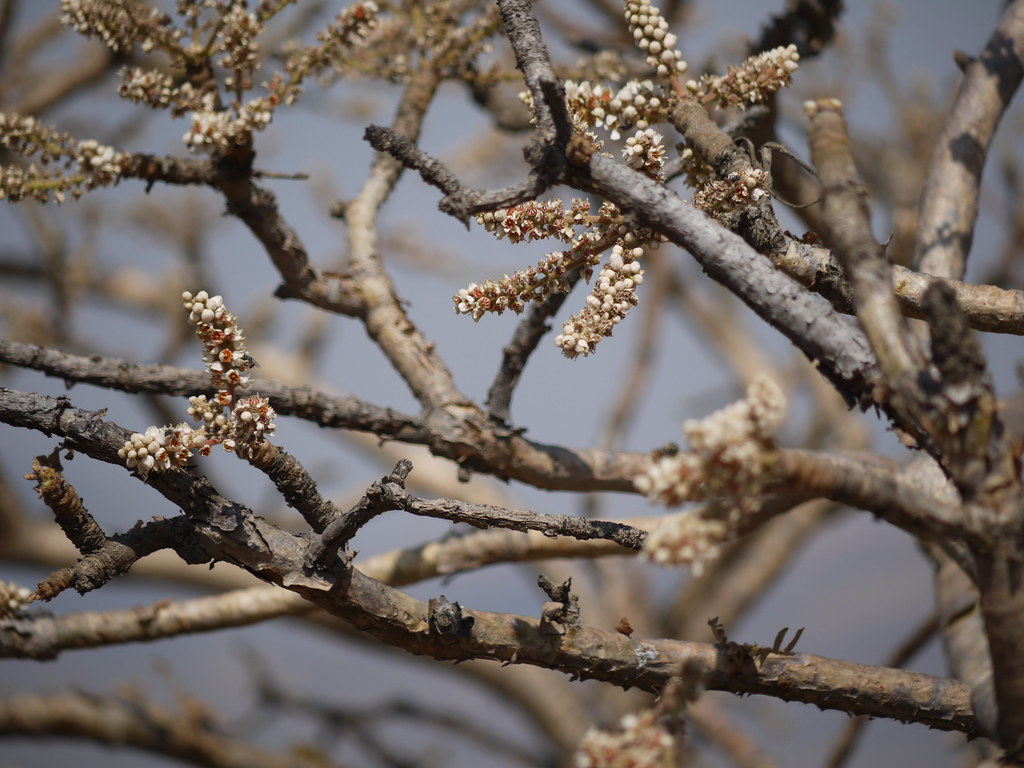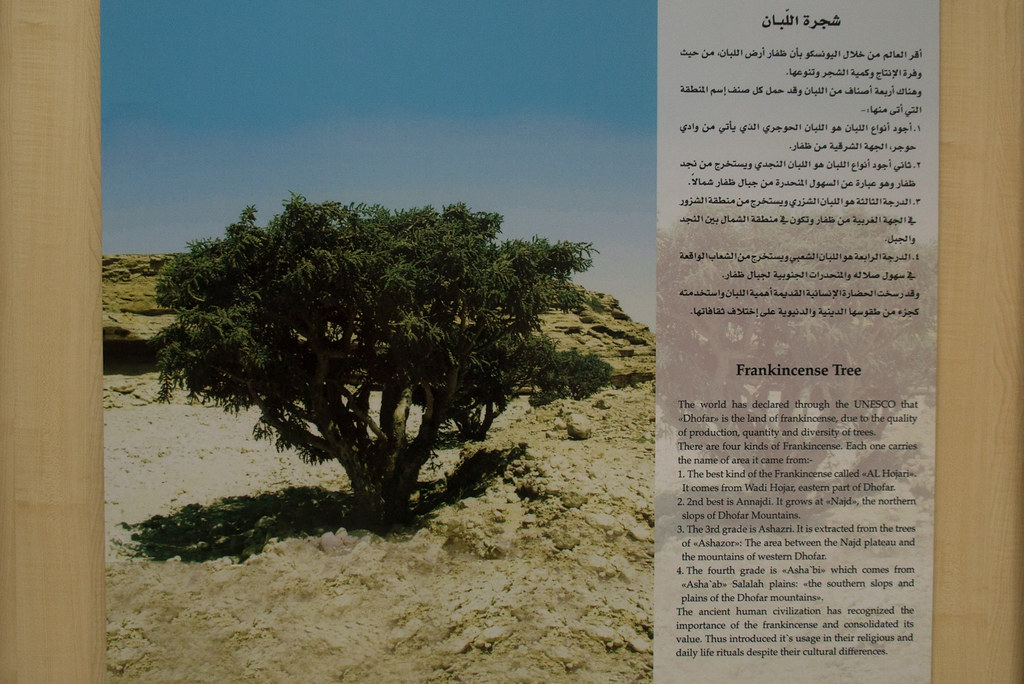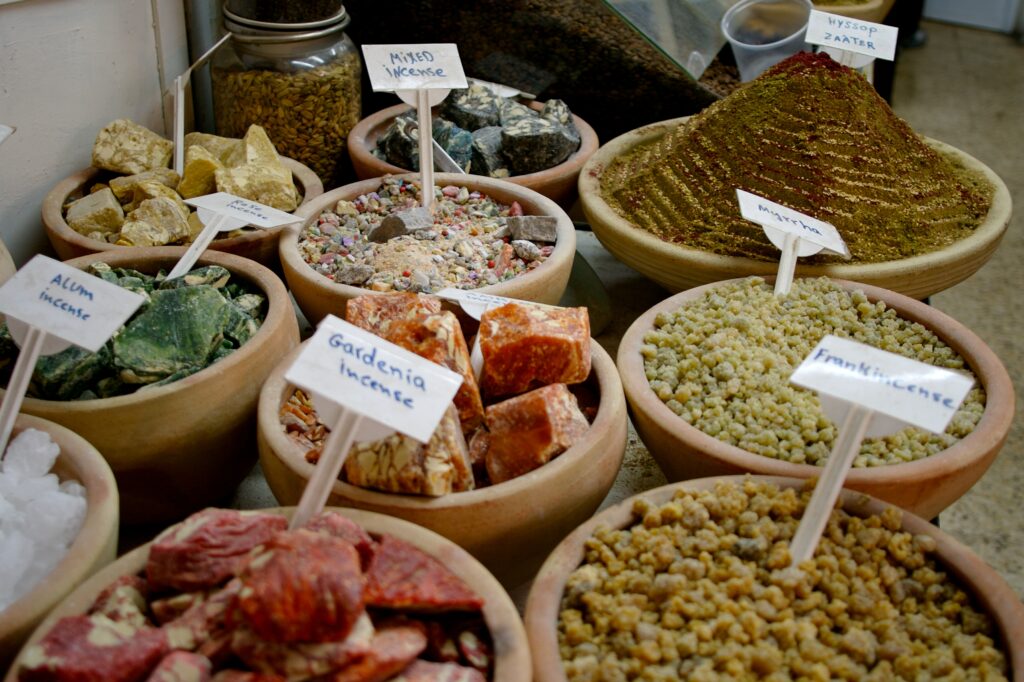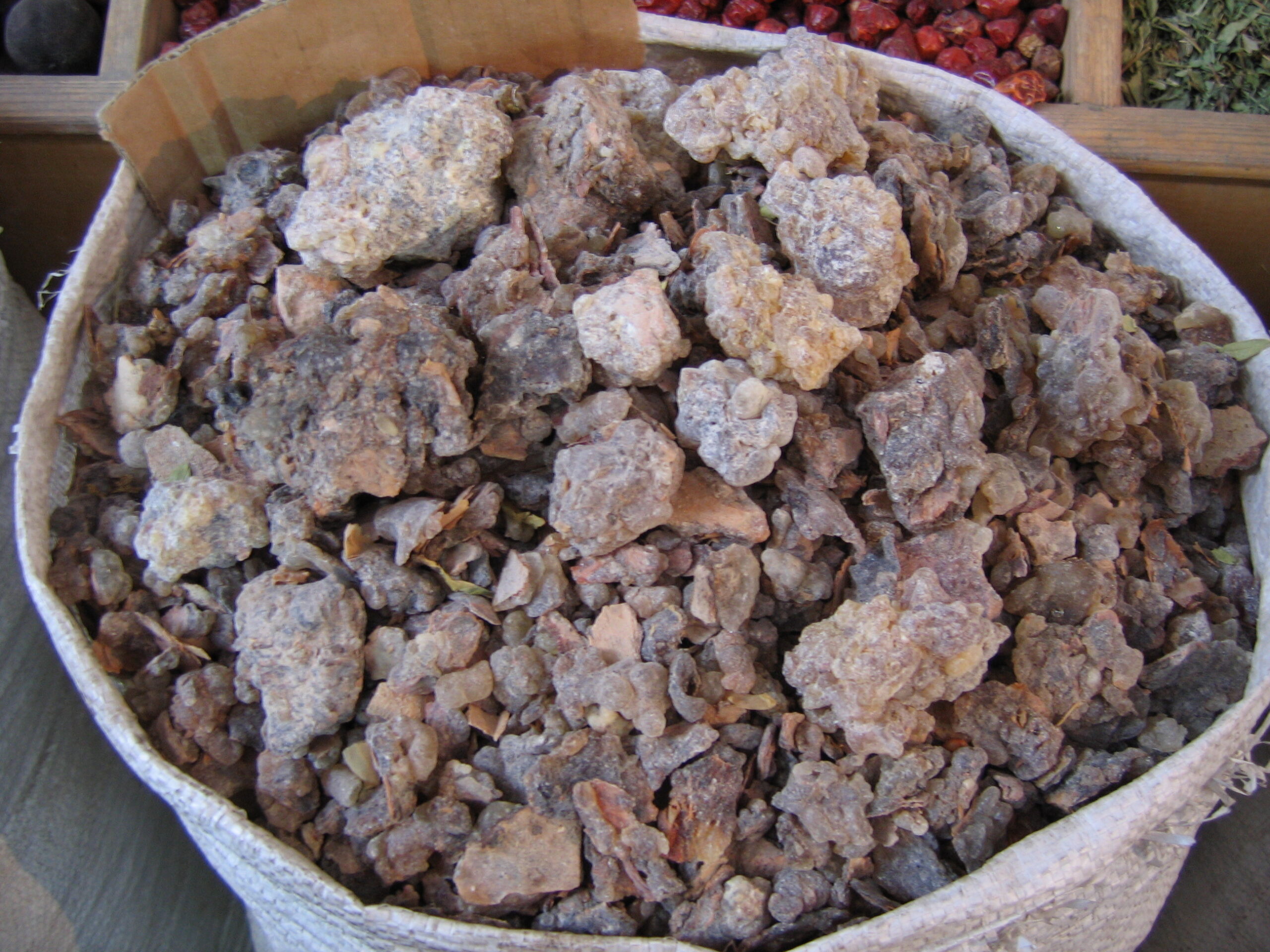caravan incense/frankincense
Introduction
caravan incense/frankincense and myrrh, often associated with biblical narratives, have captivated human civilizations for over six millennia. Despite their historical significance and widespread usage, these aromatic resins face the looming threat of extinction.

Origins and Significance
- Ancient Roots: Originating from the Boswellia and Commiphora trees, frankincense and myrrh hold cultural and religious significance across various regions.
- Diverse Ecosystems: These resinous treasures primarily hail from the Horn of Africa and the Arabian Peninsula, thriving in harsh environmental conditions, including rocky terrains.

Production Process
- Unique Extraction: The extraction process involves making incisions in the tree bark to stimulate resin production, mimicking a natural protective response.
- Grading System: The harvested resin undergoes meticulous grading, with superior quality commanding premium prices in global markets.

Economic Value
- Historical Trade Routes: The incense trade routes, dating back to 300 BC, facilitated the exchange of these prized commodities, shaping ancient economies.
- Contemporary Demand: Beyond religious rituals, modern applications like essential oils have propelled the market value of frankincense to staggering heights.

Environmental Challenges
- Threat of Extinction: Overharvesting and environmental hazards, such as wildfires, jeopardize the survival of Boswellia and Commiphora trees.
- Lack of Regulation: Inadequate protection measures exacerbate the vulnerability of these species, particularly in remote areas.

Conservation Efforts
- Urgent Intervention: Organizations like the International Union for Conservation of Nature advocate for the preservation of endangered species like Boswellia sacra.
- Long-term Impact: Studies reveal alarming trends, indicating a decline in tree regeneration and ecosystem resilience.

Conclusion
The rich history and economic significance of frankincense and myrrh are intertwined with ecological stewardship. Efforts to balance commercial interests with conservation imperatives are crucial for safeguarding these ancient treasures for future generations.




